
Susan Milius
Life Sciences Writer, Science News
Life sciences writer Susan Milius has been writing about botany, zoology and ecology for Science News since the last millennium. She worked at diverse publications before breaking into science writing and editing. After stints on the staffs of The Scientist, Science, International Wildlife and United Press International, she joined Science News. Three of Susan's articles have been selected to appear in editions of The Best American Science Writing.

All Stories by Susan Milius
-
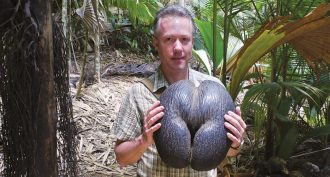 Plants
PlantsPicture This: The world’s biggest seed
This monster seed develops on a super-slow-growing island palm. Key to that palm’s survival are leaves that funnel fertilized water to nutrient-starved roots.
-
 Animals
AnimalsPesticides offer bees a risky allure
Honeybees and bumblebees sometimes cannot taste or avoid pesticides called neonicotinoids. And that may expose some of these important pollinators to harm.
-
 Animals
AnimalsWhat’s for dinner? Mom.
Female spiders of one species make the ultimate sacrifice when raising their young: The mothers feed themselves to their children.
-
 Animals
AnimalsNews Brief: Rabbit-hunting pythons are altering Everglades
Rabbits may breed rapidly, but not fast enough to compensate for the huge summer appetites of huge pythons roaming Florida’s Everglades.
-
 Physics
PhysicsEyelashes: The ‘sweet’ length
New mathematical and aerodynamics studies find what seems to be the optimal length for eyelashes — the length that protects best. And surprise: Longer is not always better.
-
 Animals
AnimalsBat signals jammed
Mexican free-tailed bats can jam each other’s signals while hunting at night. The interference makes snagging an insect supper even more competitive for the flying mammals.
-
 Animals
AnimalsNews Brief: No hopping for these ancient ‘roos
By hopping, today’s kangaroos can scoot swiftly through the countryside. That was not true for some of their ancient cousins. True giants, those now-extinct kangaroos would have walked on two feet — and relied on their tippy-toes.
-
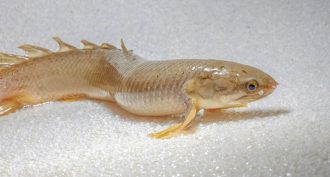 Animals
AnimalsA fish out of water — walks and morphs
When this modern ‘walking’ fish was raised on land, its body changed. How it adapted resembles some prehistoric fish. These alterations hint at evolutionary changes that may have made life on land possible.
-
 Animals
AnimalsTrees: Koala air conditioning
When koalas sprawl over a tree branch, they may not be lazy. They just might be taking advantage of some natural cooling — enough to survive a heat wave.
-
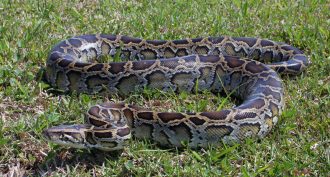 Animals
AnimalsPythons seem to have an internal compass
The giant, Burmese pythons living in Florida’s Everglades like their adopted home. And new research shows they can find their way back to it if people try to move them somewhere else. Not all snakes will do this.
-
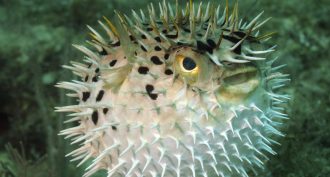 Animals
AnimalsLook ma — no stomach
Many animals can digest their meals without an acid-producing stomach. And research now shows they jettisoned those stomachs a long, long time ago.
-
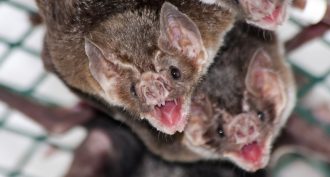 Animals
AnimalsVampires’ gift of ‘blood honey’
A Maryland biologist probes the unusual dining behaviors of a blood-thirsty bat.